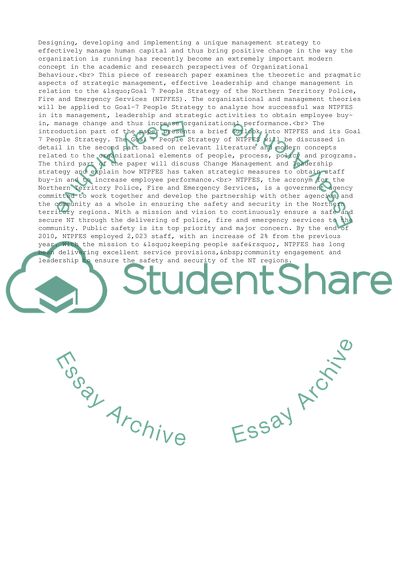Cite this document
(Effective Leadership in Relation to the Goal 7 People Strategy of the Research Paper, n.d.)
Effective Leadership in Relation to the Goal 7 People Strategy of the Research Paper. Retrieved from https://studentshare.org/management/1762452-organisational-behaviour-and-change-management
Effective Leadership in Relation to the Goal 7 People Strategy of the Research Paper. Retrieved from https://studentshare.org/management/1762452-organisational-behaviour-and-change-management
(Effective Leadership in Relation to the Goal 7 People Strategy of the Research Paper)
Effective Leadership in Relation to the Goal 7 People Strategy of the Research Paper. https://studentshare.org/management/1762452-organisational-behaviour-and-change-management.
Effective Leadership in Relation to the Goal 7 People Strategy of the Research Paper. https://studentshare.org/management/1762452-organisational-behaviour-and-change-management.
“Effective Leadership in Relation to the Goal 7 People Strategy of the Research Paper”, n.d. https://studentshare.org/management/1762452-organisational-behaviour-and-change-management.


